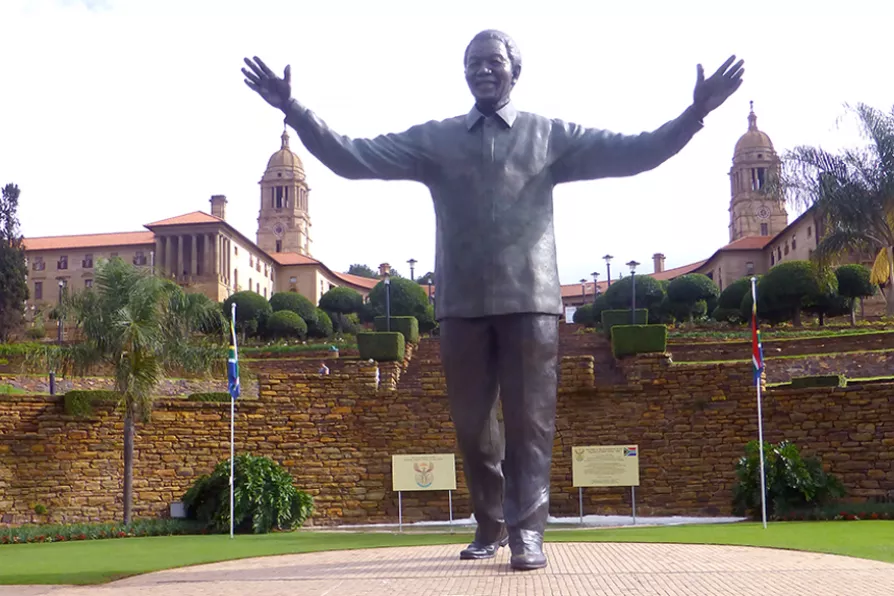RICHARD MURGATROYD enjoys a readable account of the life and meditations of one of the few Roman emperors with a good reputation

 THE REDEEMER: Nelson Mandela statue in Pretoria
[Haruba-bad/Creative Commons]
THE REDEEMER: Nelson Mandela statue in Pretoria
[Haruba-bad/Creative Commons]
NELSON MANDELA died eight years ago on December 5 2013. This statue of him was unveiled on December 16 — the official Day of Reconciliation — thus ending the 10-day-long period of mourning.
The nine-metre-high bronze figure is the tallest figurative statue of Nelson Mandela and weighs approximately 3.5 tonnes. Its outstretched arms span eight metres and are uncannily reminiscent of Paul Landowski’s 1930 art deco Christ the Redeemer overlooking Rio de Janeiro from the Corcovado mountain peak.
The statue, which emanates warmth, humanity and welcome, was cast in 147 separate pieces at four different foundries before being assembled in Cape Town.

RONNIE KASRILS pays tribute to Ruth First, a fearless fighter against South African apartheid, in the centenary month of her birth

The plan is to stigmatise and destabilise South Africa in preparation for breaking it up while creating a confused and highly racialised atmosphere around immigration in the US to aid in denying rights to non-white refugees, explains EMILE SCHEPERS












